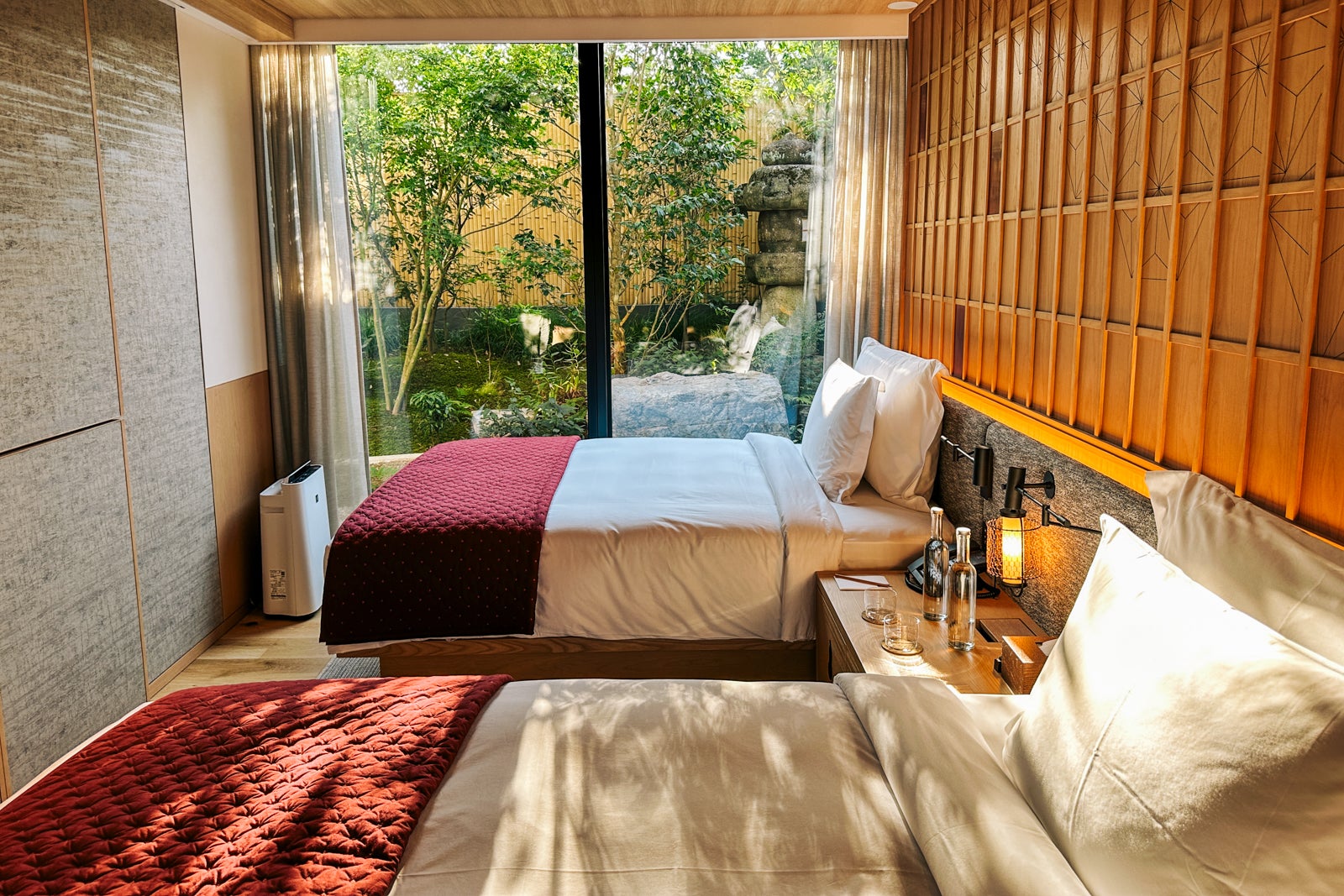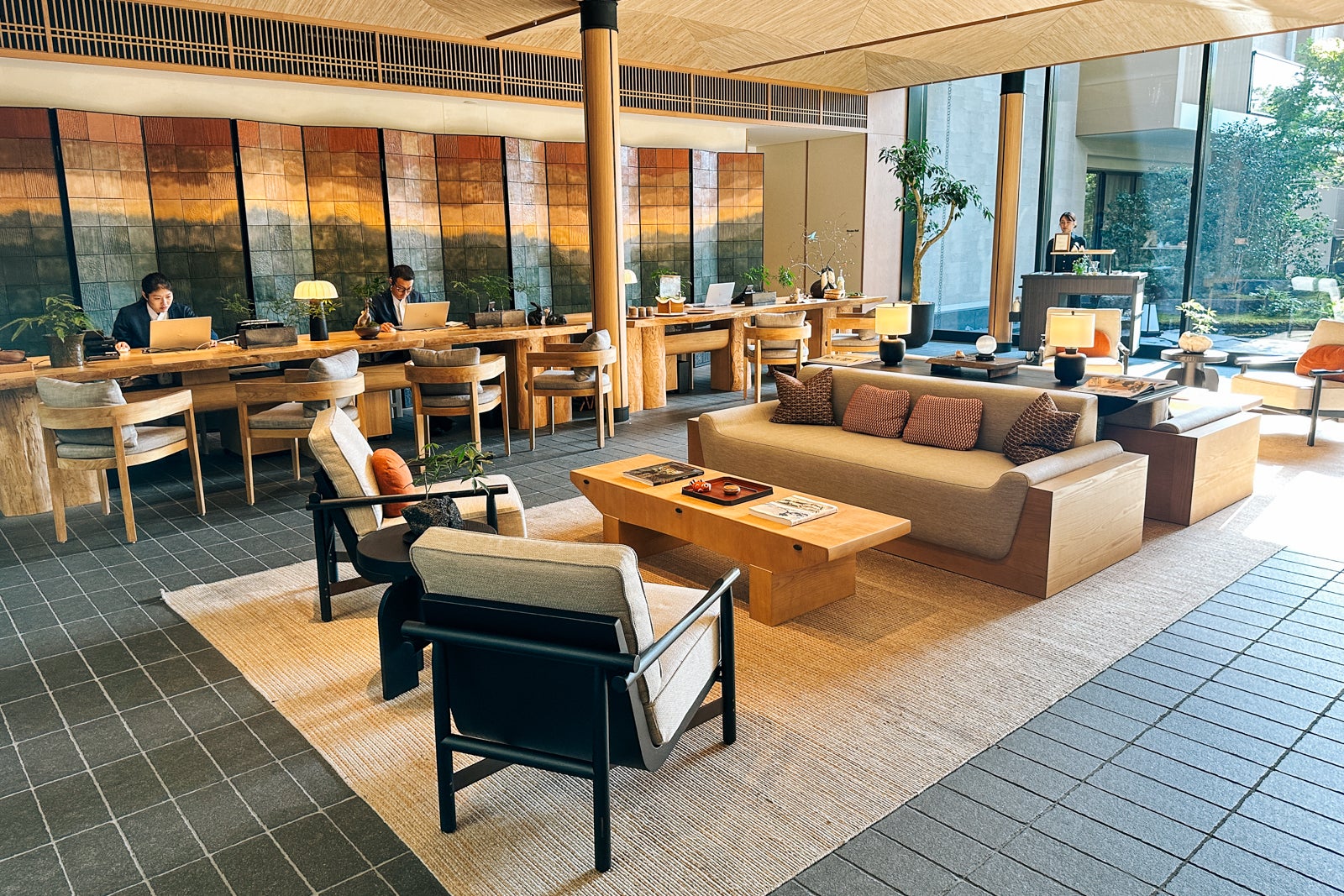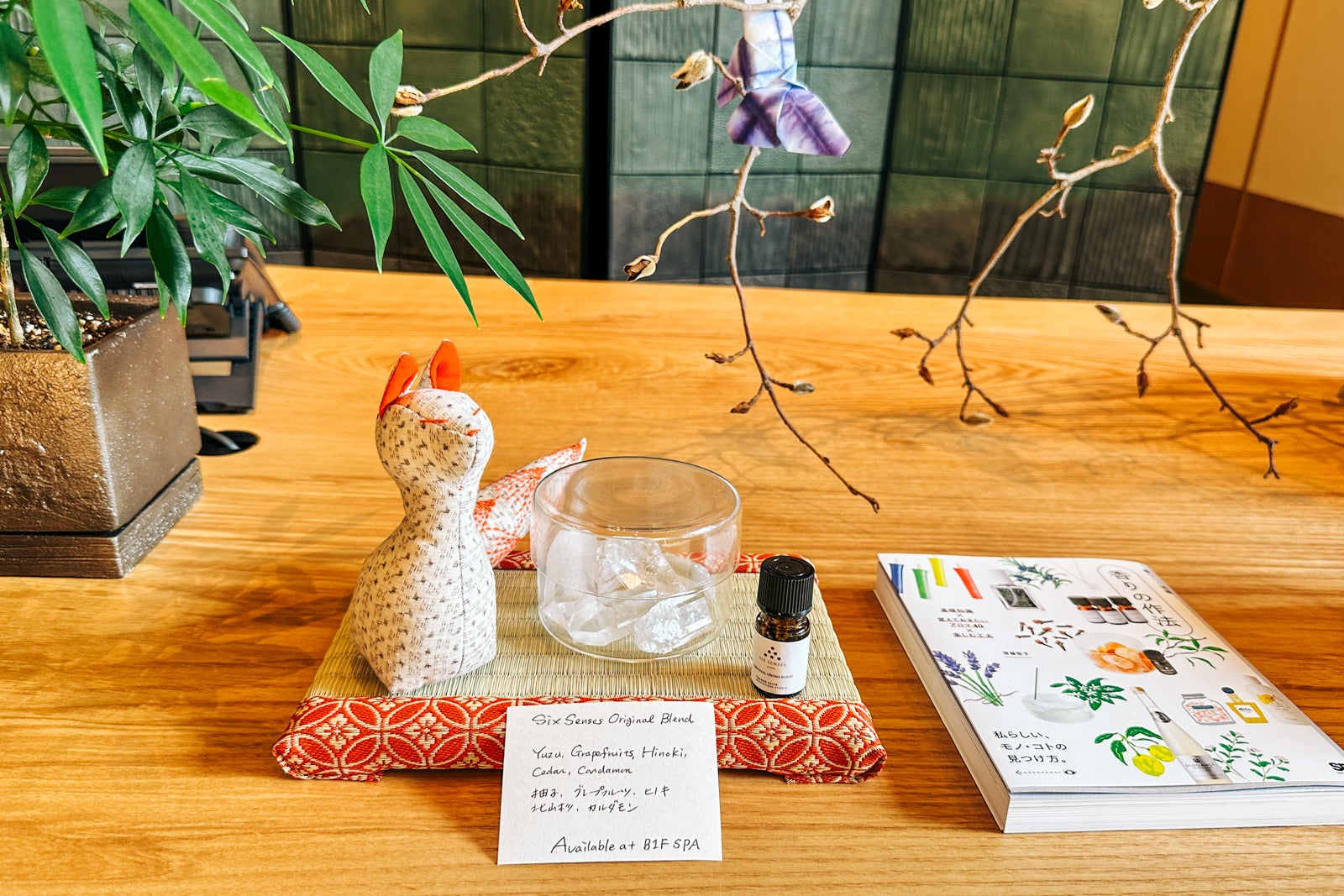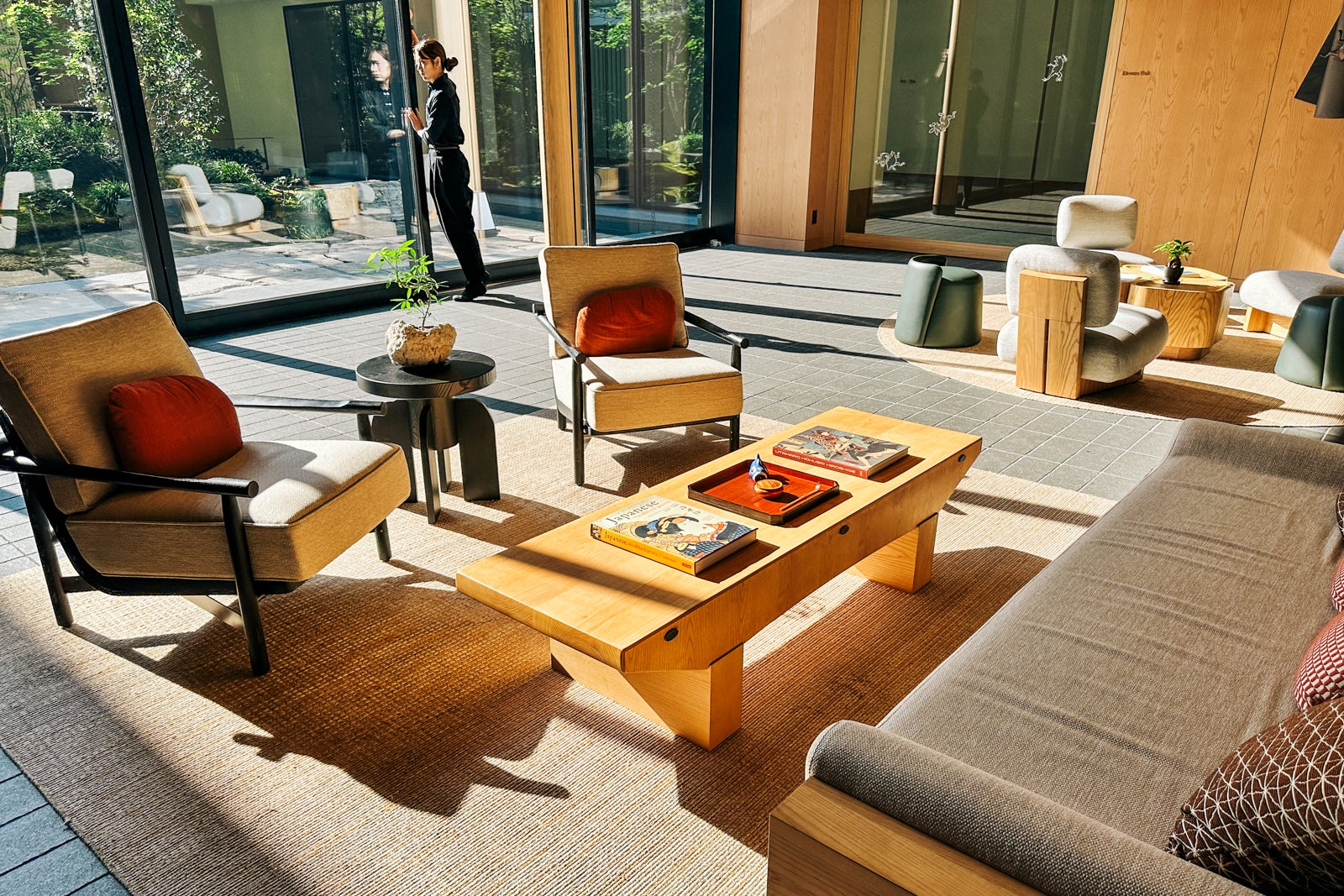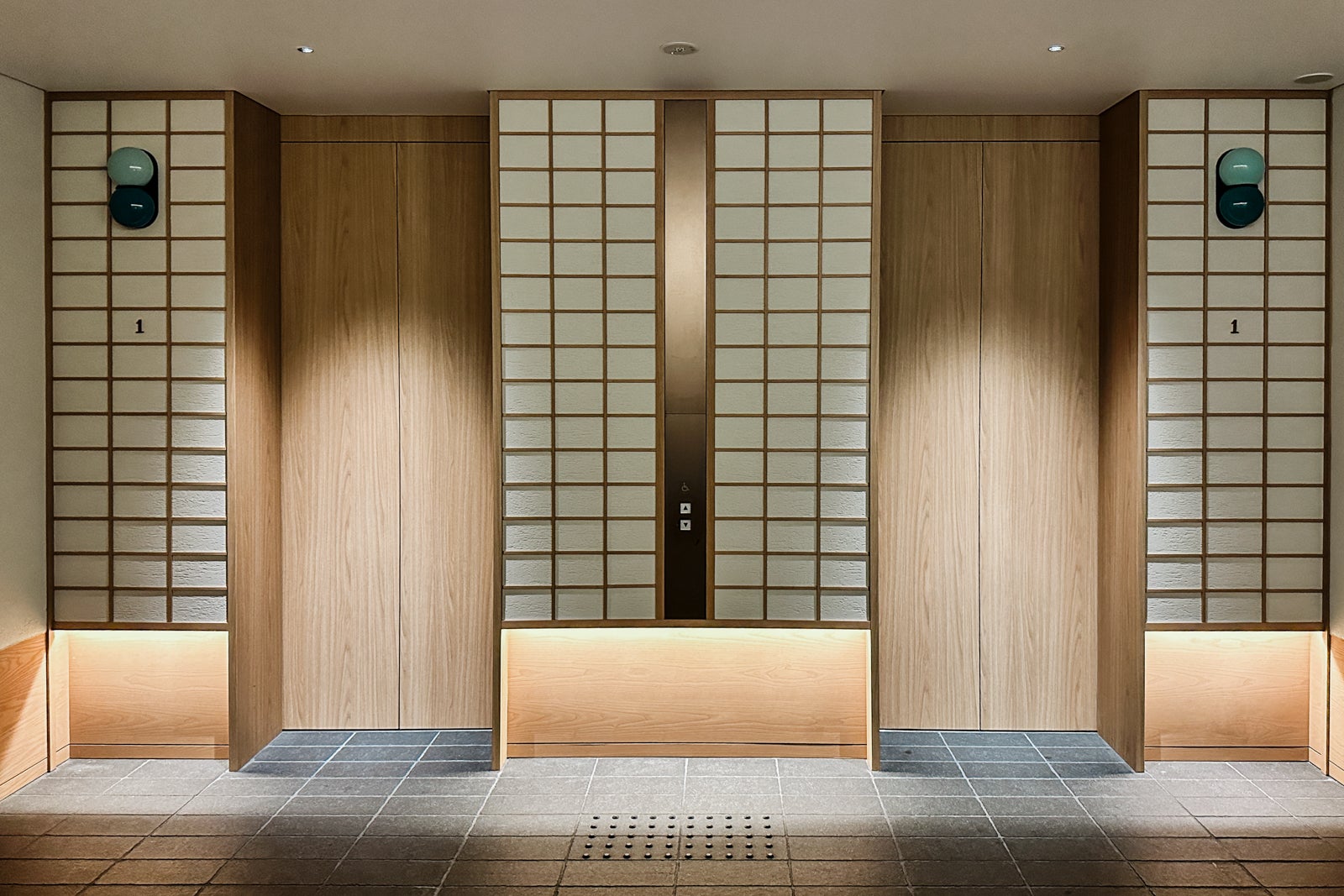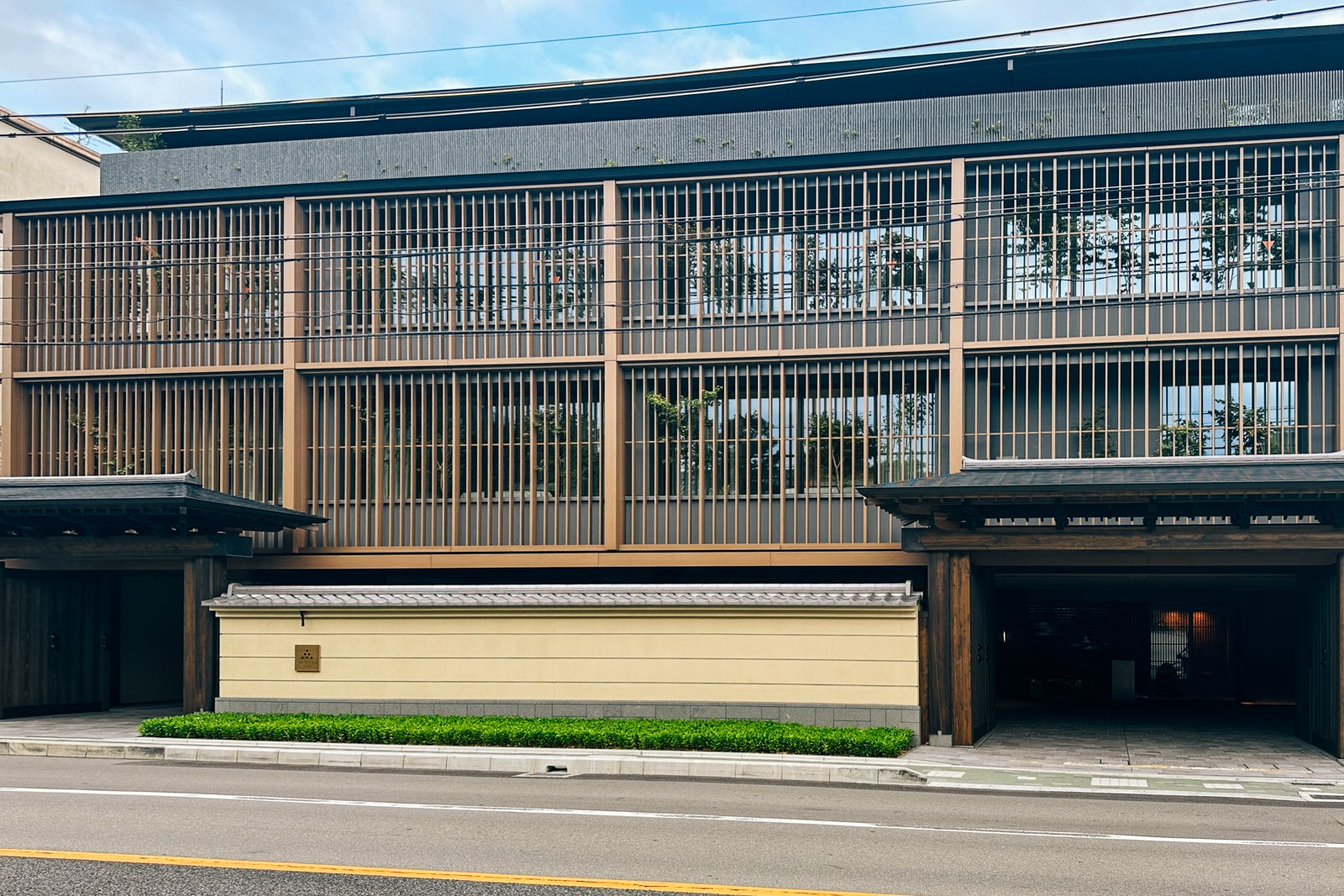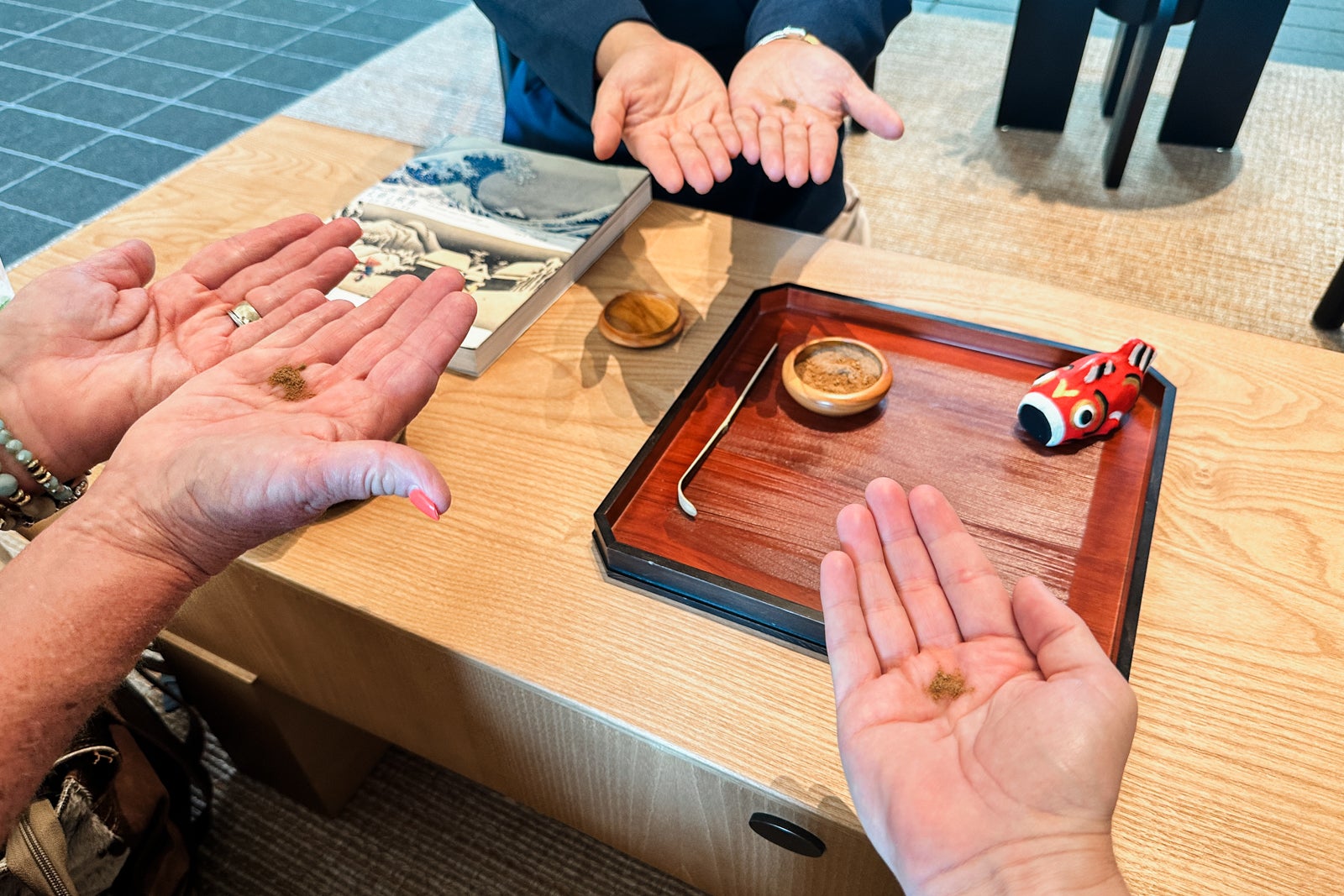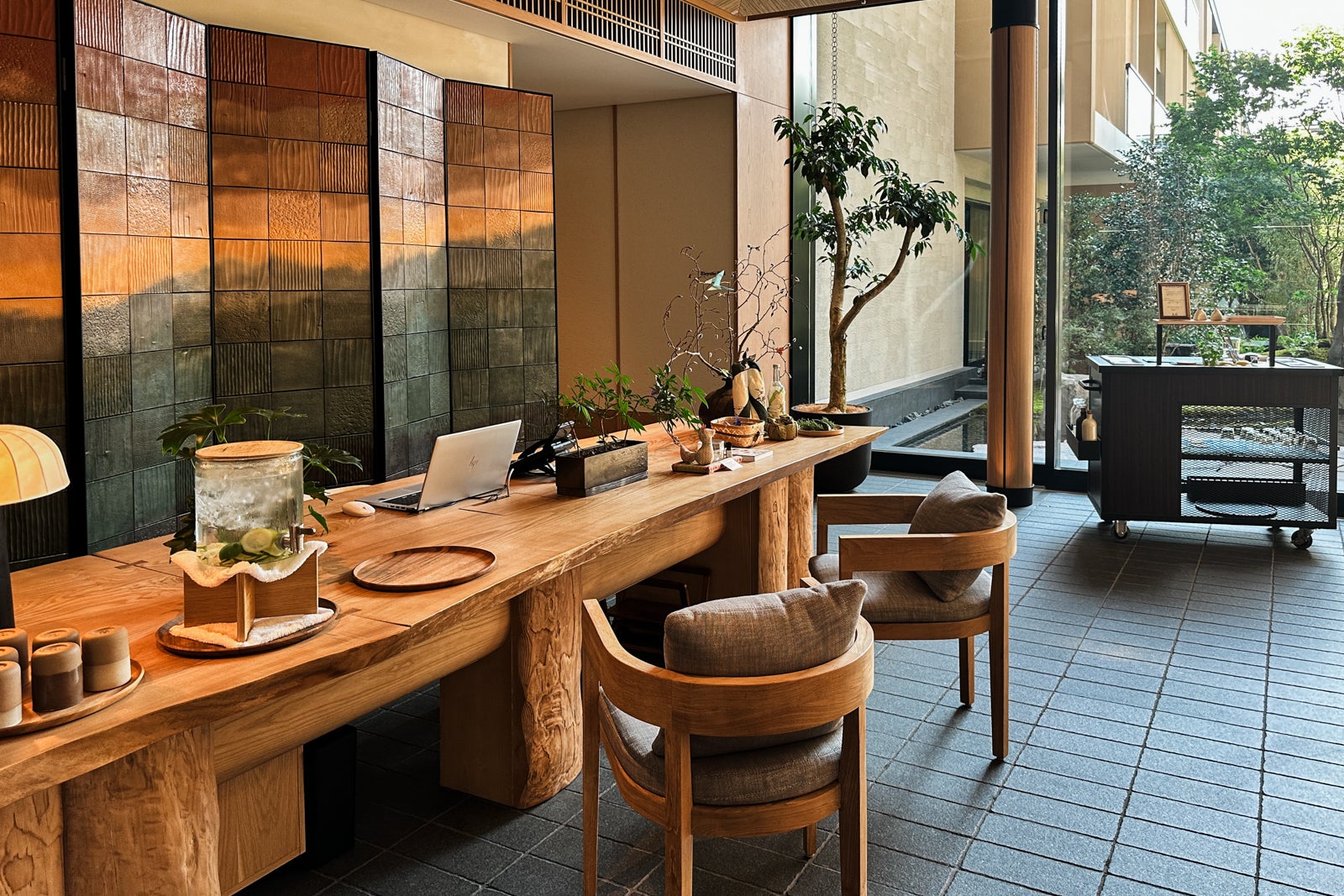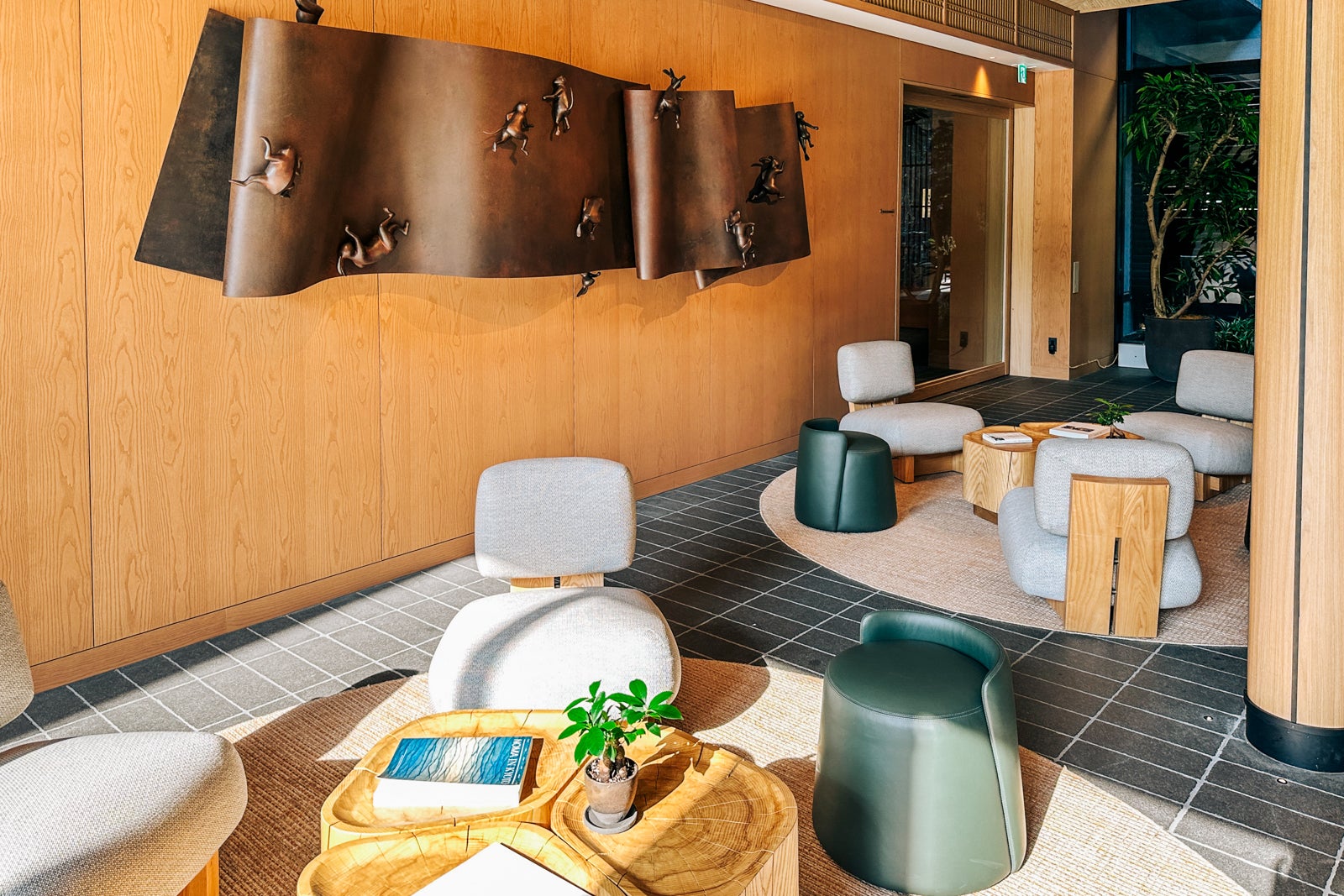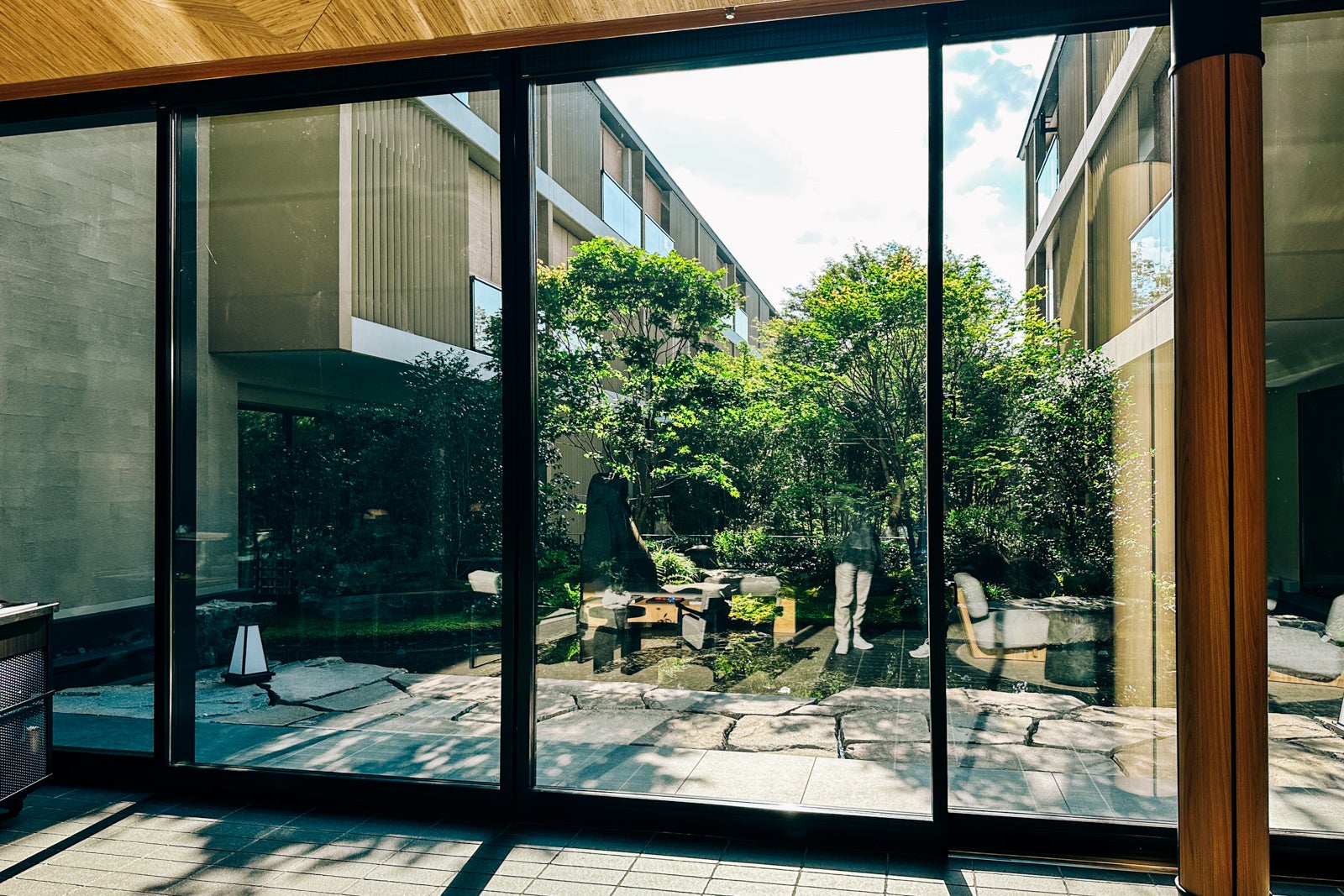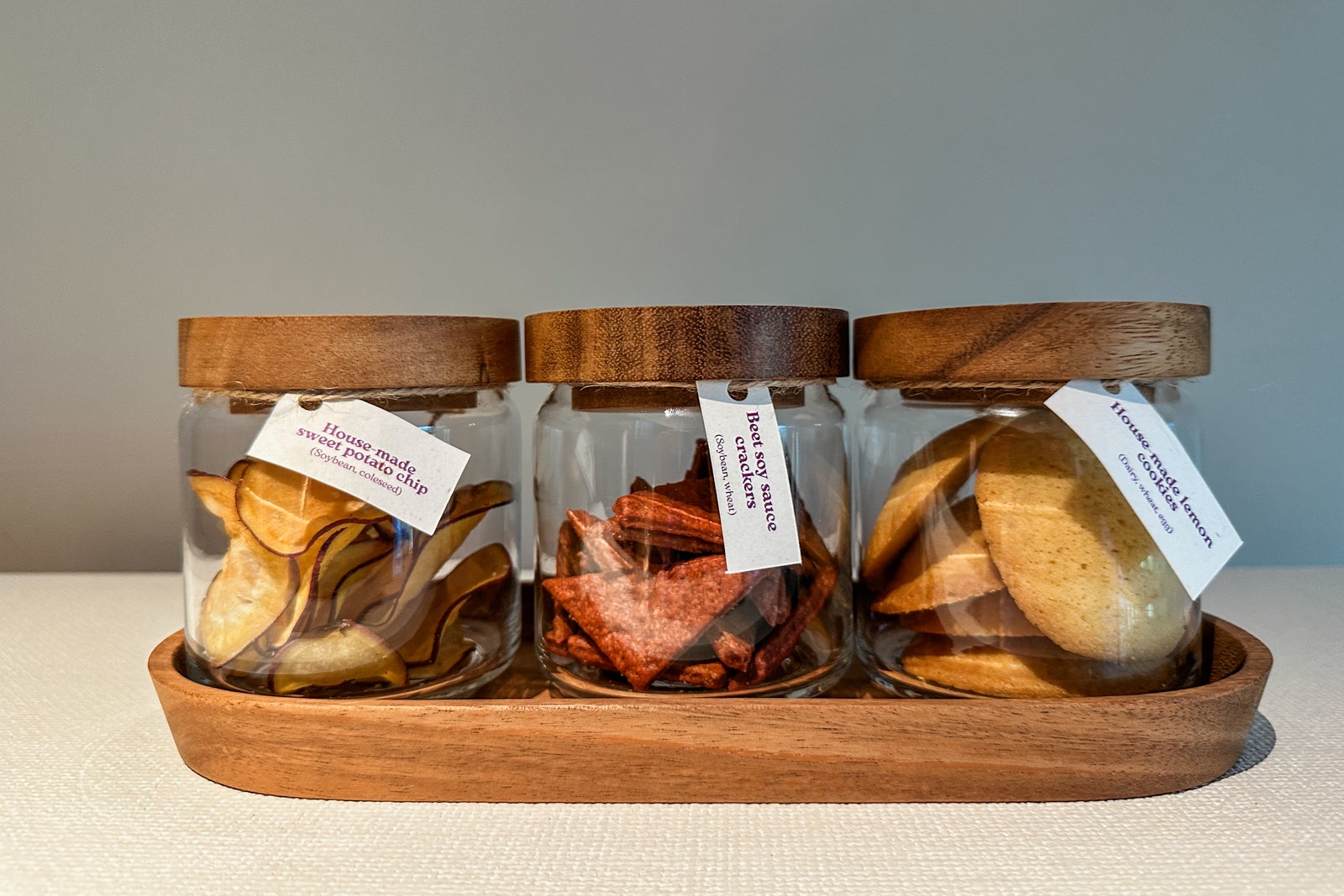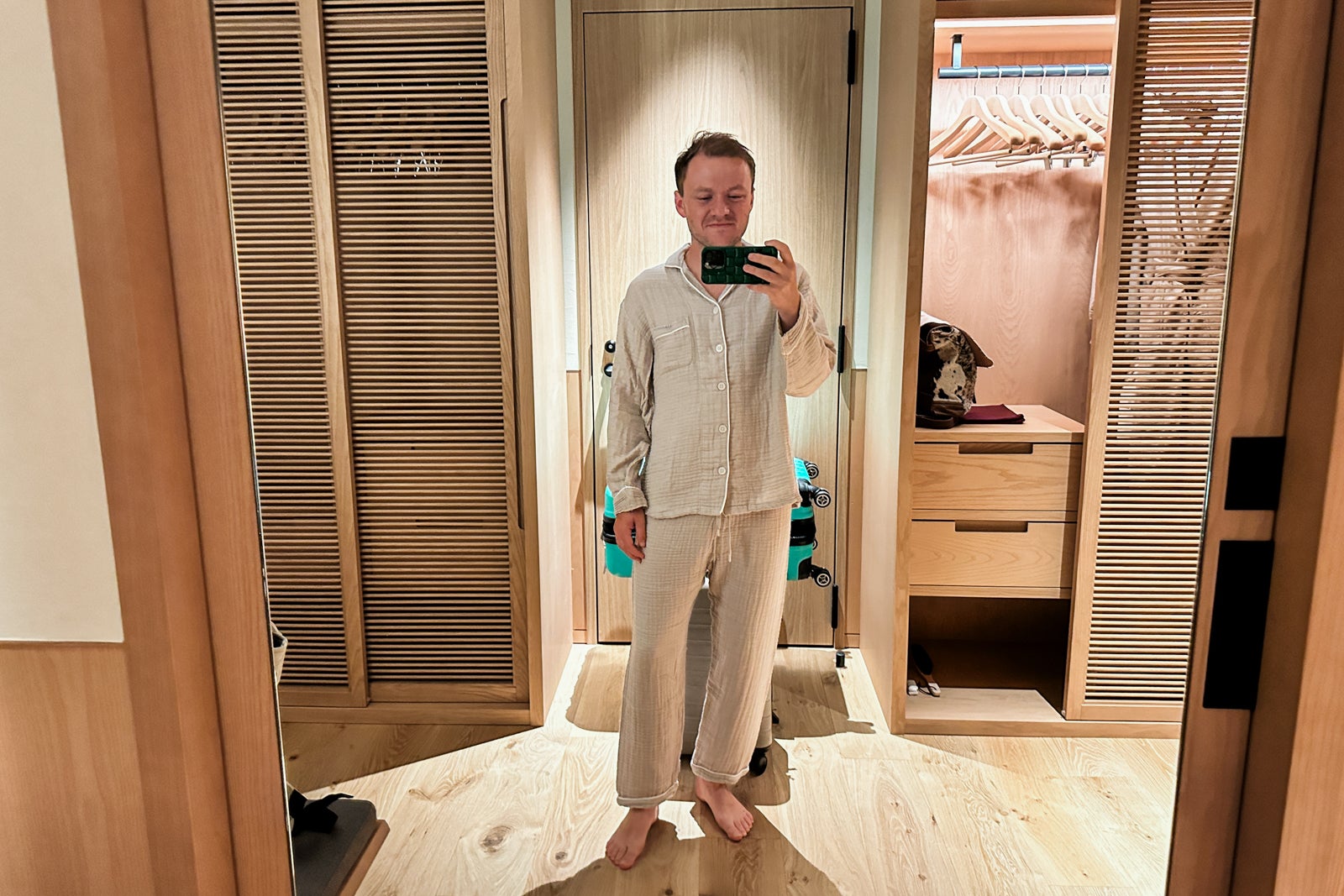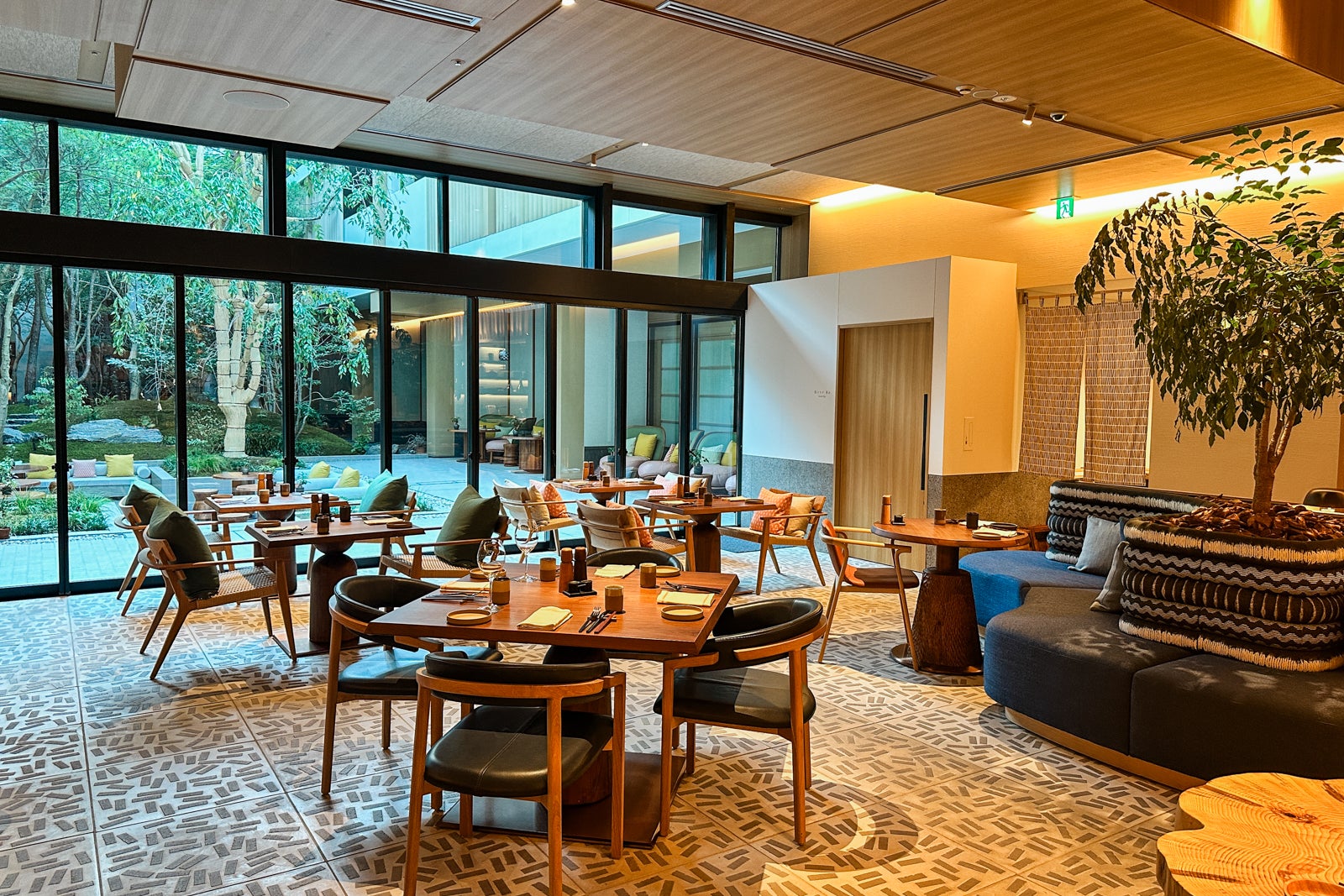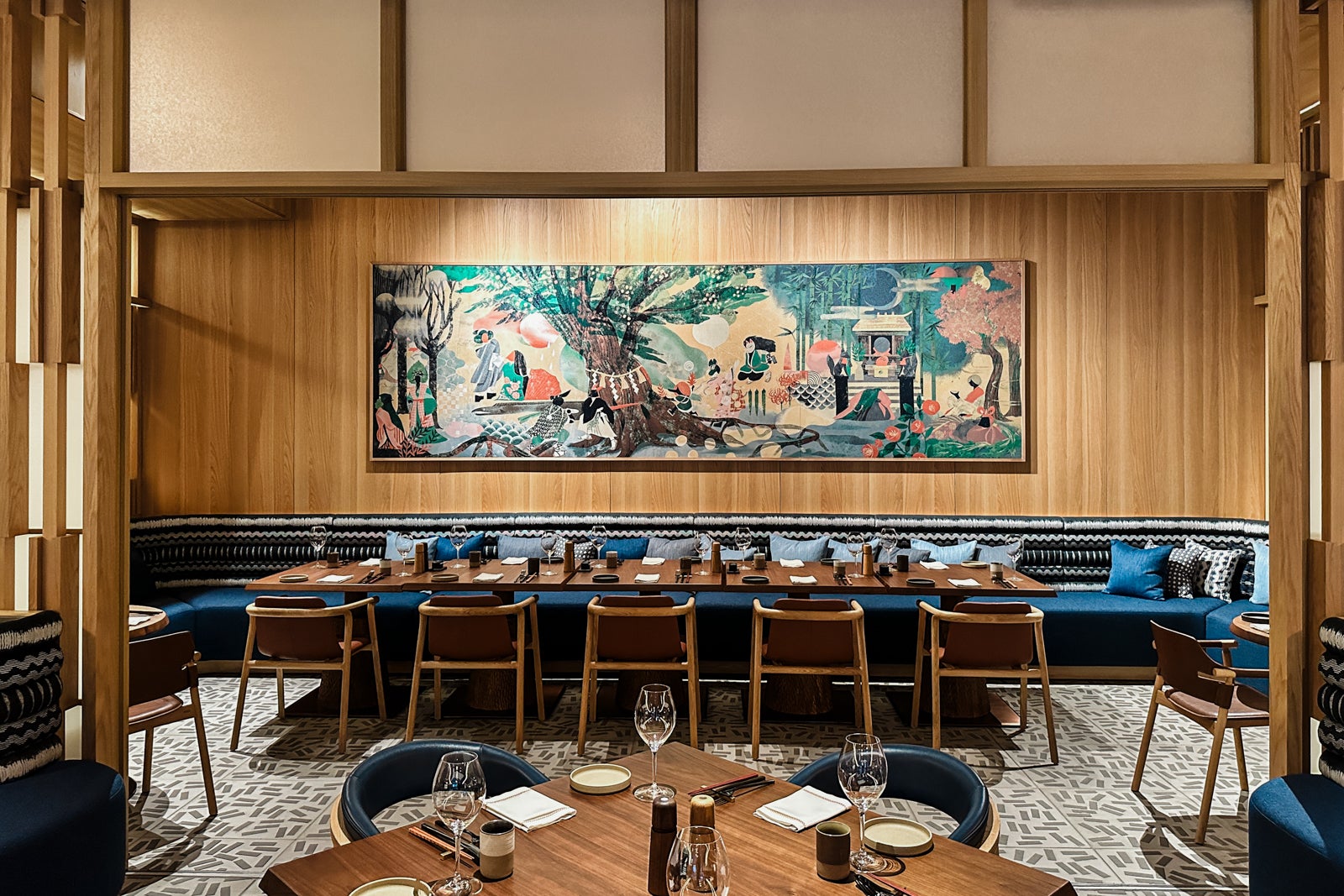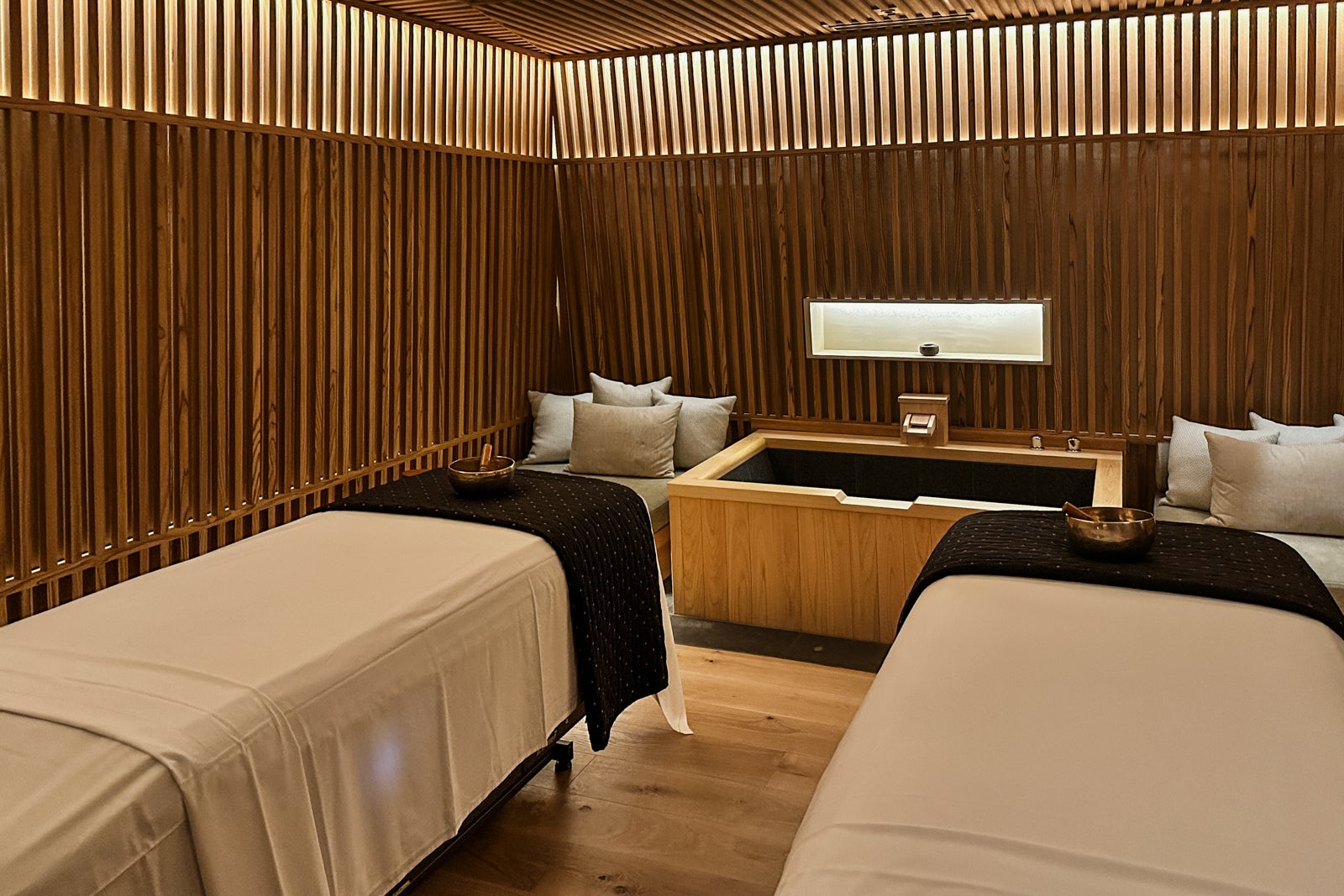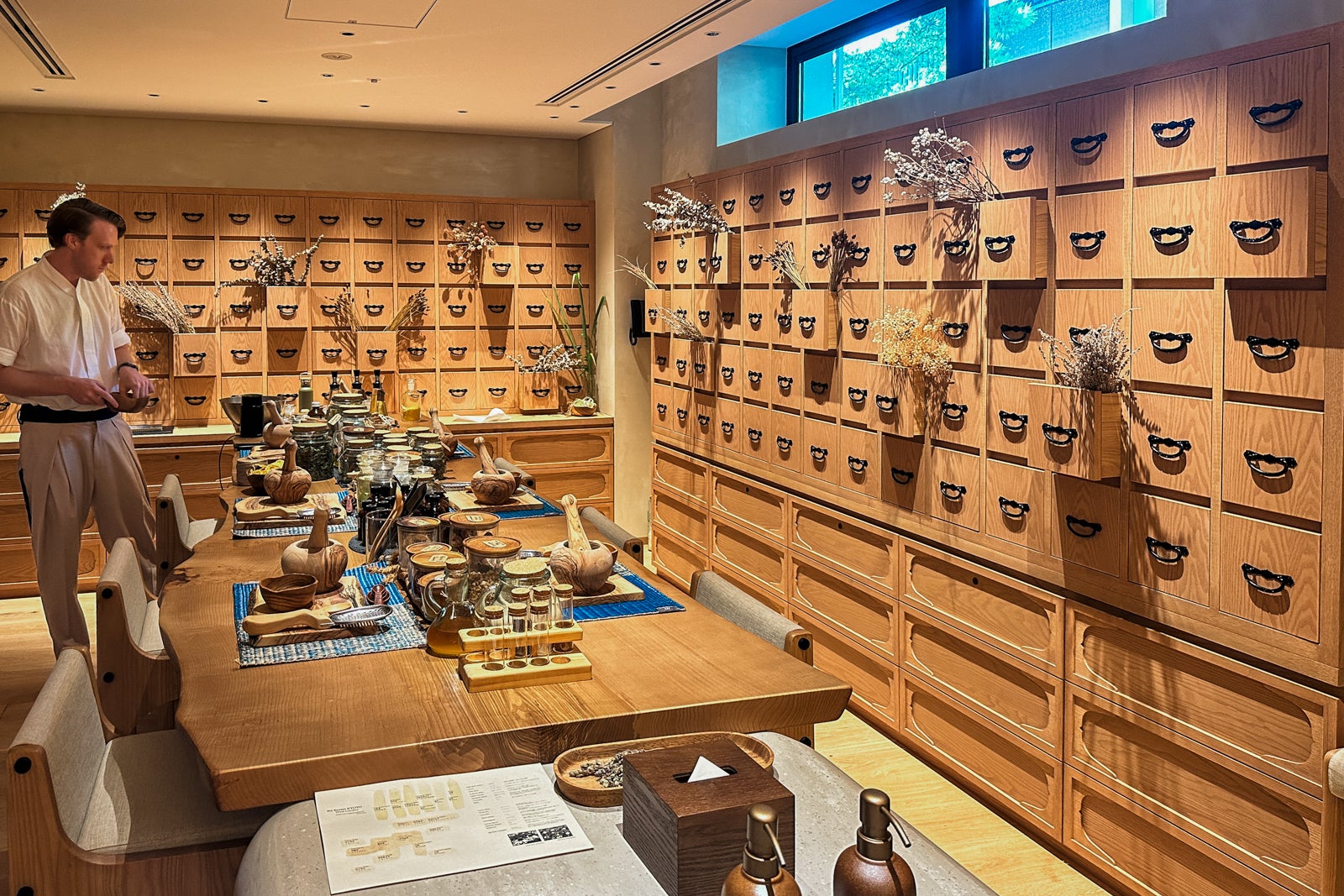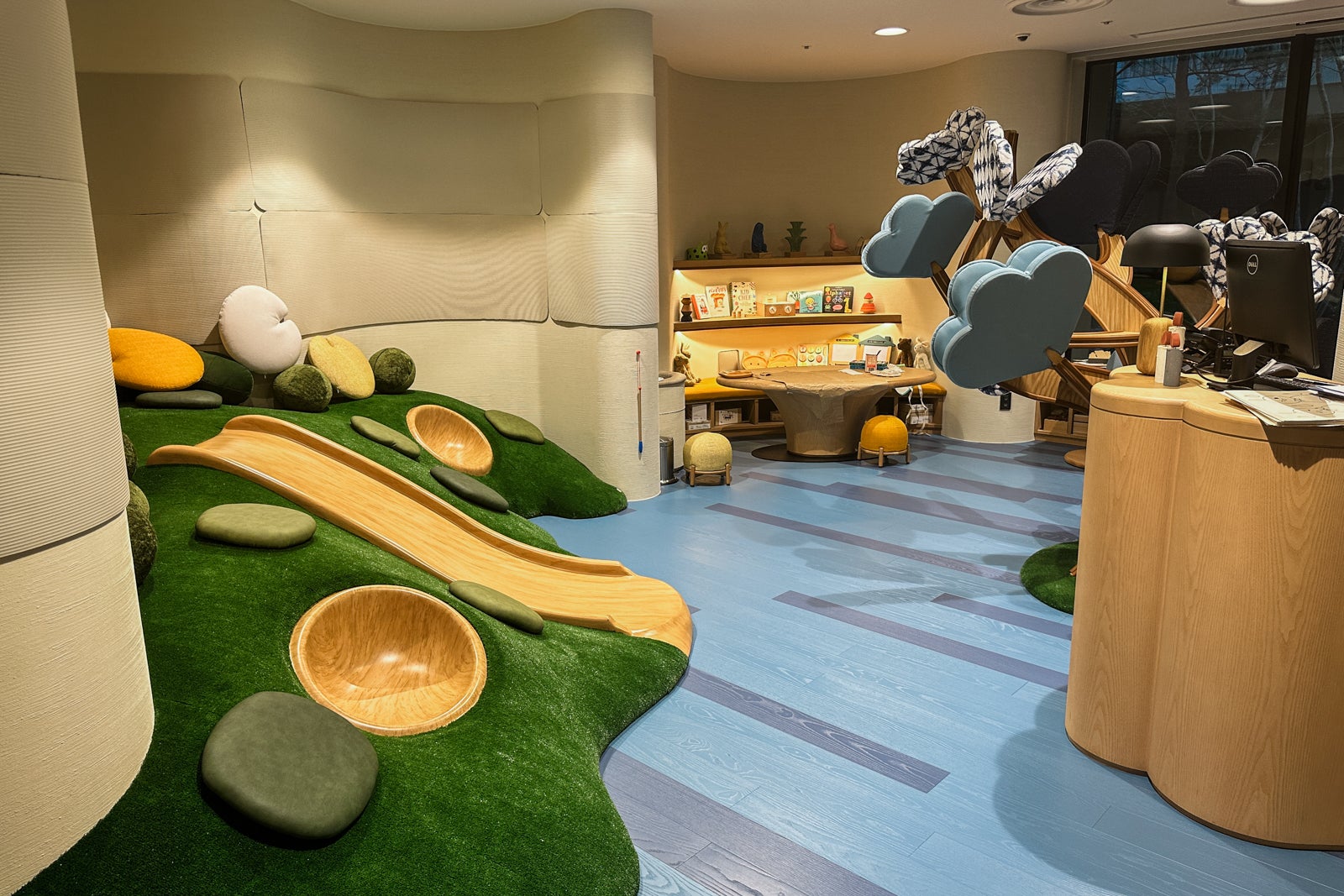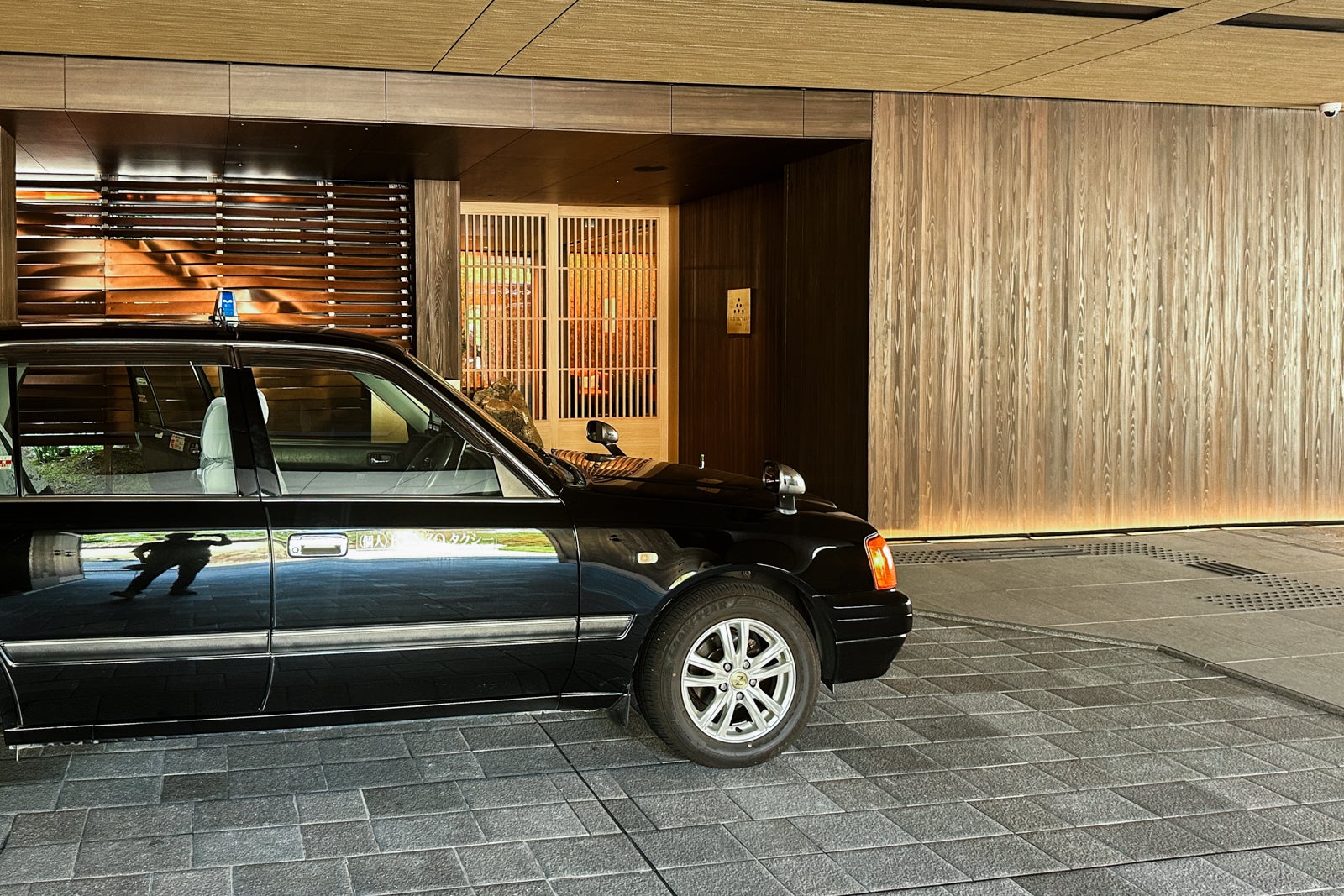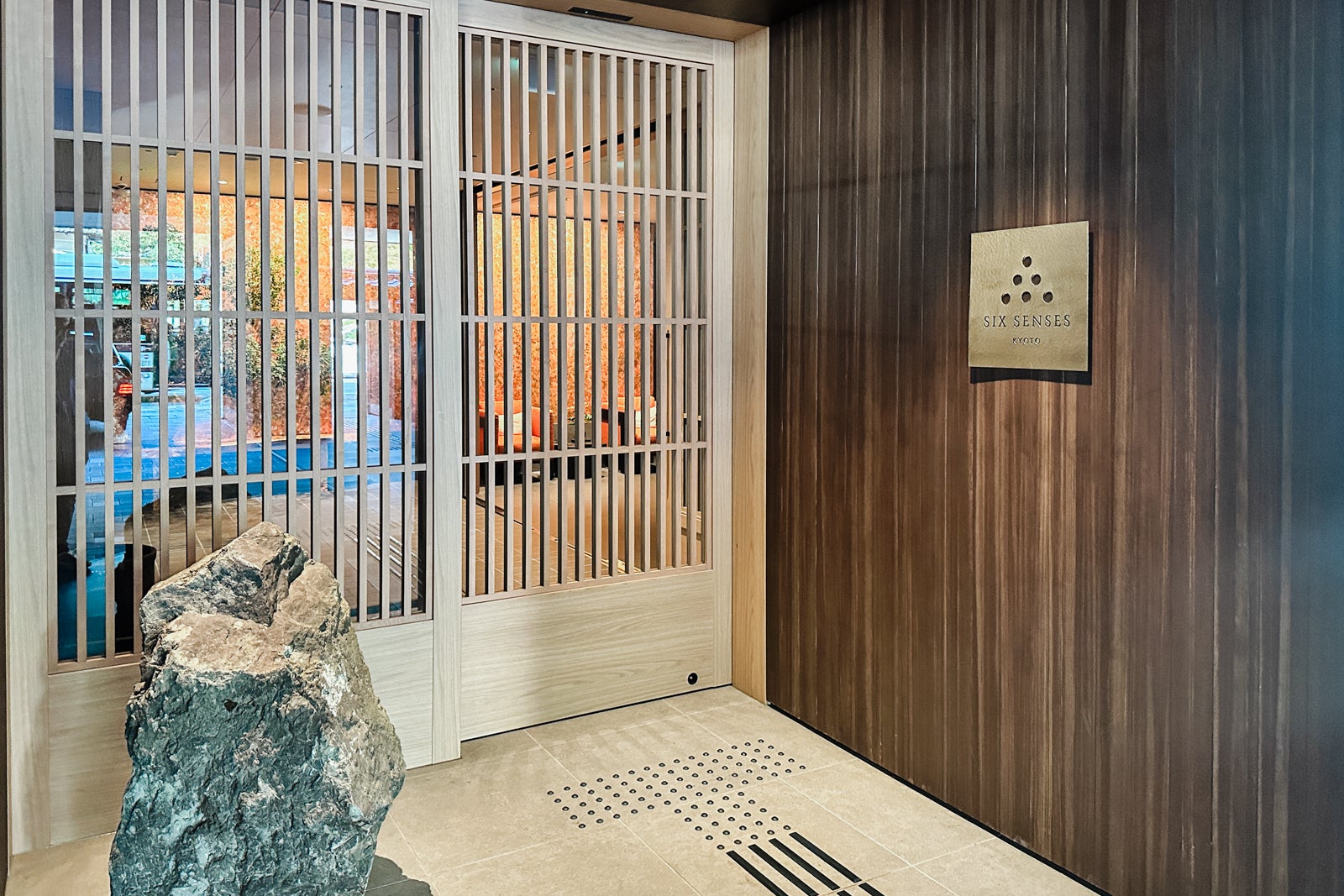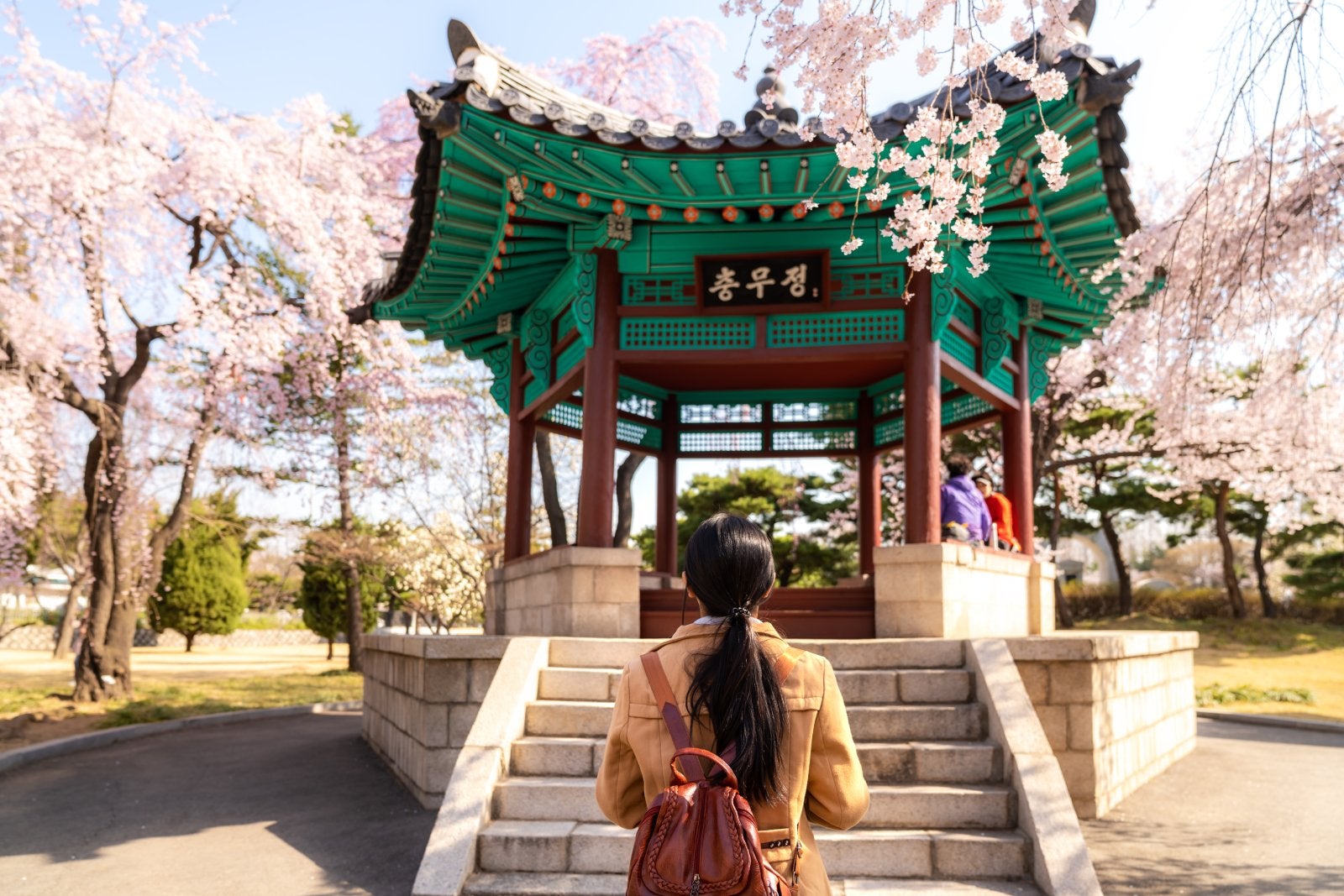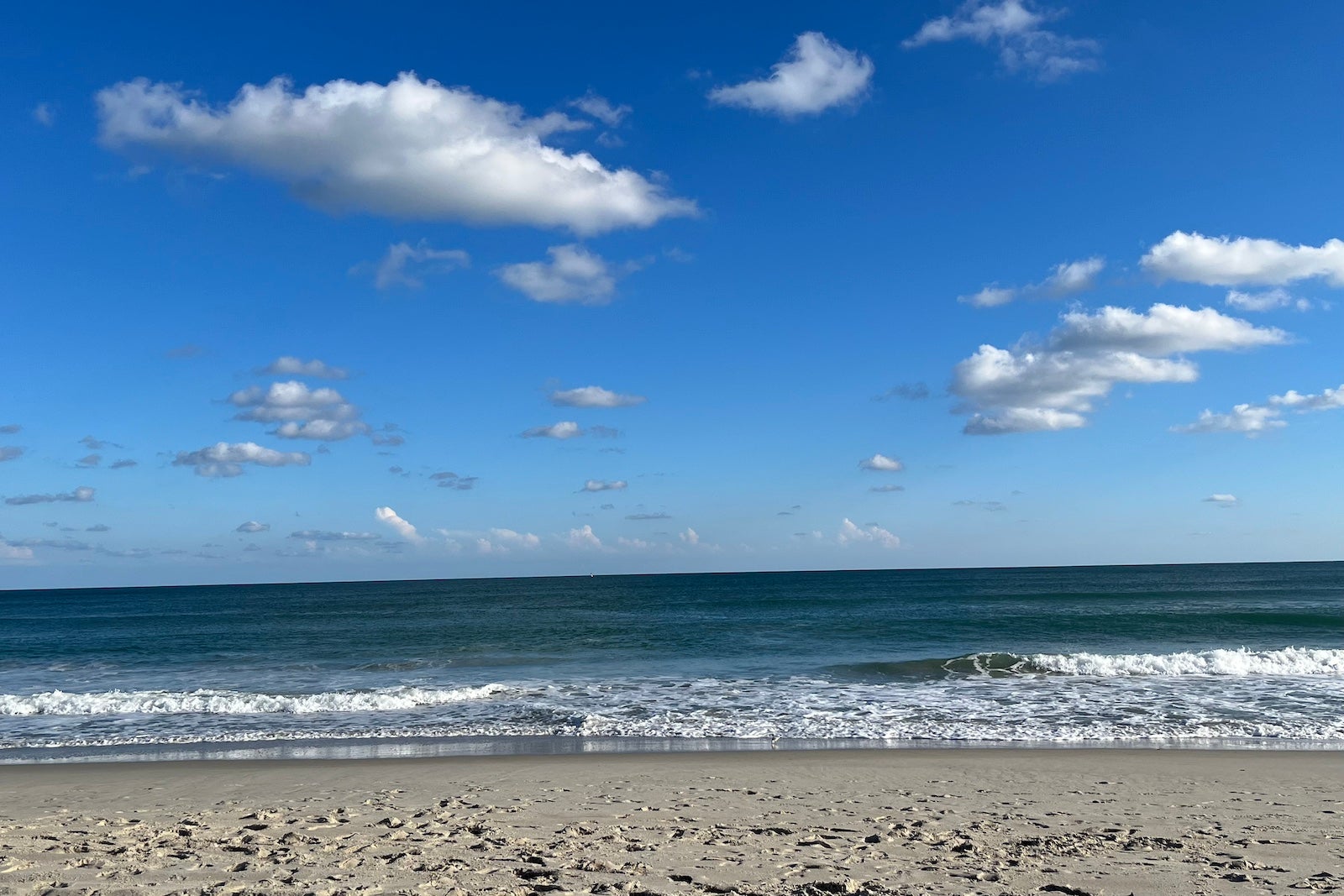Six Senses Kyoto review – The Points Guy
There are few places in the world as mesmerizing and magical as the ancient Japanese city of Kyoto, home to thousands of temples, shrines and monuments. Visiting the city that served as the capital of Japan for more than 1,000 years feels like stepping back in time, though Japan’s present-day, ultramodern lifestyle is still very much a part of the city.
Here, in a bustling metropolis that mixes the past, the present and the future, you’ll find kimono-clad geishas wandering ancient streets with iPhones in hand, tourists sipping coffee on traditional tatami mats in a Starbucks — housed in a 100-year-old wooden townhouse — and hip crowds of locals and visitors lining up for traditional kaiseki dining, as well as conveyor belt sushi.
Kyoto is also a hotel city, and home to what feels like as many hotel brands as there are temples, from the ultra-affordable to hyperluxe. From Aman to Four Seasons and Park Hyatt to Ritz-Carlton, there is certainly no shortage of high-end places to stay. In 2024, Kyoto seemed to zoom in on luxury wellness-centered brands, like Six Senses and Banyan Tree, that respectfully pay homage to Kyoto’s ancient traditions married with modern-age amenities.
On a recent trip to Japan, I had the opportunity to spend two nights at the new Six Senses Kyoto — featured on our list of the most anticipated hotel openings of 2024 — in the historic Higashiyama Ward. This area harks back to feudal-era Japan and is full of wooden buildings, UNESCO-designated temples, tourist-friendly tea houses and many of the aforementioned luxury hotels.
Here’s what it’s like staying at the new Six Senses Kyoto.
Getting there
Six Senses Kyoto is a little more than a mile from Kyoto Station, where travelers can arrive and depart on the Shinkansen, or bullet train, that goes across Japan. From Tokyo, the Shinkansen starts at around $100 each way and takes roughly two hours and fifteen minutes. From Osaka, you can take the Shinkansen from Shin-Osaka Station to Kyoto Station in less than 20 minutes for about $19, or take a slower local train to and from Kyoto for less than $10 per ticket.
Related: How to get to Japan on points and miles
From the train station, a taxi to Six Senses Kyoto will cost less than $10 and is easy to grab from a designated taxi stand. In Japan, the most affordable car service is actually just taxis and, in my experience at major train stations, it’s easier to wait in the taxi line than to order an Uber. At the hotel, the staff can easily call a cab for you or you can order an Uber directly to the hotel.

Daily Newsletter
Reward your inbox with the TPG Daily newsletter
Join over 700,000 readers for breaking news, in-depth guides and exclusive deals from TPG’s experts
The closest airport to Kyoto is Osaka International Airport (ITM), about 22 miles away, though that airport only offers domestic flights throughout Japan. For international flights, travelers will either need to fly into Tokyo and take the Shinkansen or fly into the Osaka-Kyoto area’s main international airport, Kansai International Airport (KIX), which is about 60 miles from the hotel. At Kansai, numerous trains can connect you to Kyoto, the quickest being the JR Haruka Limited Express which leaves every half hour, takes about 70 minutes and costs 2,850 yen ($20).
Booking details
Rates at Six Senses Kyoto start at $1,262 per night, according to the current booking calendar. Rates easily reach upward of $1,500 per night throughout the year. IHG One Rewards members can book award stays from 229,000 points per night.
When booking the Six Senses Kyoto, you’ll want to use one of the credit cards that earn the most points for IHG stays, as well as one that possibly offers automatic IHG One Rewards elite status for value-added benefits. These include:
Standout features
- The absolutely kindest staff I have ever encountered at a hotel.
- Playful and contemporary designs juxtaposed with traditional Japanese elements give the hotel a real sense of place.
- Breakfast every morning was the highlight of my days, especially the grilled mushrooms.
- The modern onsen experience in the spa was a wonderful way to relax in a beautiful and peaceful setting.
Drawbacks
- The price is prohibitive for many, whether paying with cash or with IHG One Rewards points.
- Traffic in the area can be extreme, so plan ahead.
- With a focus on wellness, this serene hotel might not be for folks looking to socialize with other guests.
The vibe
From the outside, Six Senses Kyoto is chic yet unassuming; you wouldn’t necessarily know that inside the wood-clad building is a tranquil (yet cheeky) wellness oasis save for the small, golden square sign brandishing the hotel’s name.
1 of 2
TANNER SAUNDERS/THE POINTS GUY
Once inside, though, it was clear that something special was purposely hiding from passersby on the street. On a tour of the hotel, I was told that the design goal was a creative and modern interpretation of the style of the Heian period (794-1185), when Kyoto was the capital of Japan, creativity flourished and the concept of miyabi, or refinement, was championed in the Land of the Rising Sun.
In the lobby, thoughtfully placed midcentury modern furniture felt welcoming and inviting, as did a special welcome ceremony performed during check-in that involved incense rubbed between the hands (the incense was created specially for the hotel by one of the country’s most historic incense crafters).
Behind the stunning wooden reception desk, a folding screen made of 504 handmade Japanese rakuyaki tiles designed to evoke nearby Mount Kurama, the birthplace of Reiki, reflected the sun from the adjacent garden terrace.
Along the opposite wall, a large and whimsical piece of art depicting miniature, seemingly mischievous frogs, rabbits, monkeys and foxes hanging from or climbing a piece of scroll demanded attention, almost like a Tom Otterness creation. The piece, as it turns out, is a modern interpretation of “Choju-giga,” or the “Scrolls of Frolicking Animals.” Dating back to the 12th century, the original scrolls are considered to be the world’s first introduction to manga, and these little critters can be spotted throughout the hotel, from subtle etchings on elevator mirrors and doors to interpretations of the actual scrolls in the hallways leading to the restaurants.
If a hotel lobby reflects the hotel as a whole, this lobby and hotel won my heart. Fashionable Japanese guests sat quietly whispering and enjoying views of the garden. Friendly staff members greeted us by name each time we entered, and during check-in hours, a small cart for welcome cocktails appeared in the posh space.
The room
1 of 2
TANNER SAUNDERS/THE POINTS GUY
During my two-night stay at Six Senses Kyoto, I shared a deluxe twin room, measuring about 484 square feet, with my travel partner, my mom. (Warning: Double rooms in Japan typically only offer twin-size beds, even at luxury hotels.) To get to our room, we had to walk down a long, stylish hallway inspired by a traditional Japanese tatami room.
1 of 5
TANNER SAUNDERS/THE POINTS GUY
The soft brown hues and wooden tones of the tatami hallway were carried through into our room, where an entryway with ample closet space, a bench and a sliding door to the bathroom greeted us. In Japanese culture, removing shoes at the door is commonplace, and though not required at the hotel, slippers are waiting by the door.
1 of 2
TANNER SAUNDERS/THE POINTS GUY
Further into the room, the two twin-size beds rested against a wall of panels that could be moved around to create a unique pattern (or play a great prank on someone getting ready at the bathroom vanity that shares the wall). On the nightstand, moveable reading lights were available, as well as water, which was bottled there in the hotel as part of Six Senses’ commitment to sustainability.
1 of 3
TANNER SAUNDERS/THE POINTS GUY
The room also featured more midcentury modern touches, like a low couch with a table and a bar cabinet with an expresso maker, traditional tea equipment, and a minifridge with sake, juices and a good assortment of local craft beer, plus snacks.
These housemade goodies, especially the sweet potato chips, were mouthwatering, delicious and a fun, free in-room surprise.
1 of 2
TANNER SAUNDERS/THE POINTS GUY
The room had a skinny balcony with a (very) small couch overlooking the gardens, as well as a very-low-to-the-ground desk and chair. While many aspects of Japanese culture include sitting on the floor or on cushions or mats, I imagine that many people would struggle with this positioning of the desk. Thankfully, the couch and table doubled as a more practical workspace.
1 of 4
TANNER SAUNDERS/THE POINTS GUY
In the bathroom, single-sink vanities flanked opposite walls, though each offered the same amount of counter space. The red-tiled wall displayed the opposite side of the tiles shared with the bedroom. One fun touch was a hanging incense burner.
1 of 2
TANNER SAUNDERS/THE POINTS GUY
The fancy Japanese toilet was through one door in the bathroom (yes, the seat was heated!), and in the other was a small room with a large soaking tub and shower.
In Japan, it’s very common to find pajamas tucked away in the closet for guests, and at Six Senses Kyoto, Tential-branded sets designed to help improve circulation and regulate body temperature made for a great way to get cozy at the end of the night. Guests can also order on-demand pillows from a pillow menu, but I was more than happy with what was provided.
Food and drink
Six Senses Kyoto offers a cafe with morning coffees, teas and pastries; an all-day dining restaurant called Sekki; the Kyoto outpost of Osaka’s Sushi Oga (which I, unfortunately, didn’t get to try); and a moody cocktail bar called Nine Tails.
Sekki, the “hyper-seasonal” all-day dining restaurant, is centered around a Japanese philosophy that divides the year into 24 distinct solar seasons. The menus are full of locally and sustainably sourced produce, and for Westerners like me, more exciting and beautiful colors, textures, flavors and smells than I thought possible.
1 of 6
TANNER SAUNDERS/THE POINTS GUY
Even if your rate doesn’t include breakfast, don’t miss out on the combination that includes a stunning breakfast buffet and a la carte menu. Highlights for me included beautifully yellow Japanese-style omelets, fried eggs, toast with shisho hummus, and a side order of grilled hummus.
1 of 5
TANNER SAUNDERS/THE POINTS GUY
Dinner at Sekki was also a treat, with an omakase-style dinner ($110) highlighting seasonal fare from the region, including fresh bread with flaky salt, a refreshing soup, a fish dish, delicate veggies and a mouthwatering wagyu course served with wasabi.
1 of 2
TANNER SAUNDERS/THE POINTS GUY
Nine Tails, the cocktail bar, was also a treat for both the taste buds and the eyes. Though the bar was mostly empty for our predinner drinks on a weekday night, I could easily imagine this place filling up with trendy jet-setters and locals looking to imbibe in a stylish setting.
1 of 2
TANNER SAUNDERS/THE POINTS GUY
Cocktails at Nine Tails range from $12 to $20 and include all the classics — plus Japanese takes on those classics. I loved the La Tomato Negroni ($20) crafted with Roku gin and La Tomato, a specialty Japanese liqueur made from vine-fresh tomatoes. All of the cocktails we enjoyed were top-notch — after all, Japan is famous for its cocktail scene — and paired well with bar bites like a mushroom skewer ($12).
Amenities and service
1 of 2
TANNER SAUNDERS/THE POINTS GUY
In Japan, spa culture is a way of life, and many hotels include an onsen, or hot springs-like experience, right in the hotel. Each day during my trip, I stopped at the spa to take advantage of the men’s onsen. There, I could choose between a traditional shower and bathing in the traditional Japanese style by sitting in a hinoki chair low to the ground to wash off before steaming in the steam room, soaking in the warm pools looking out into a beautiful private garden or quickly dropping into a plunge pool.
Over the course of my eight-night trip to Japan, I took full advantage of onsen culture, and highly recommend you do, too.
1 of 2
TANNER SAUNDERS/THE POINTS GUY
The spa also offers a large indoor pool that’s available for lap swimming, along with dedicated hours for children.
1 of 2
TANNER SAUNDERS/THE POINTS GUY
A medium-size gym had plenty of equipment, machines and free weights and was never crowded during my stay.
At the spa, I opted for the 60-minute omakase treatment ($212), which included filling out a form asking if I’d rather go for a massage or facial (massage for me this trip!), questions about my lifestyle, skin, muscles and preferences (such as preferred scent and what I was looking to get out of my treatment). While the omakase treatment ended up being a pretty normal (though great) massage, the spa itself and the lovely staff made the entire experience super-relaxing and calming.
The spa also offers a small shop, as well as beauty services, super-tech-forward treatments and even an alchemy bar (pictured above) where guests can craft their own skincare products with an expert who knows the ins and outs of the process, all in a truly gorgeous space that feels healing to be in on its own.
It’s worth noting that the hotel also offers a small kids area and programming for guests traveling with children, as well as an entire room dedicated to the property’s sustainability efforts. There, guests can participate in activities like crafting using recycled goods and see the filtration system where all of the hotel’s glass bottles of water are filled.
Every single person I encountered at Six Senses Kyoto was a gem of a human and dedicated to making me and my mom feel well taken care of in a way that felt genuine. I found it easier to just have the hotel call a cab, rather than deal with Uber, and while getting into the car, the doormen would place a protective hand over the top of the car to protect us in case we bumped our heads. If that’s not top-tier service, I don’t know what is.
Accessibility
For guests who need accessible rooms, be sure to request a wheelchair-accessible superior king room directly through the hotel. Throughout the property, communal areas like the lobby, restaurants and general spa area are wheelchair-accessible, though special requests or accommodations might need to be made for other areas, like the pool.
As always, call and confirm any accessibility requests prior to arrival.
Checking out
For this hotel reporter’s very first Six Senses stay, I set my expectations high — and this hotel did not disappoint. From a lobby that I’d like to live in, to starting my day with a beautiful and tasty breakfast spread, to an onsen experience that cured any cocktail bar-related ailment from the previous night, I truly enjoyed every part of the hotel, especially interacting with the friendly staff.
The main downside to this property, though, is that, like many luxury hotels across Japan, it’s very expensive. And while it’s bookable with IHG One Rewards points, I’m not sure it’s worth those sky-high rates compared to, say, a resort vacation in the Maldives — but that all depends on your travel priorities.
Related reading:

